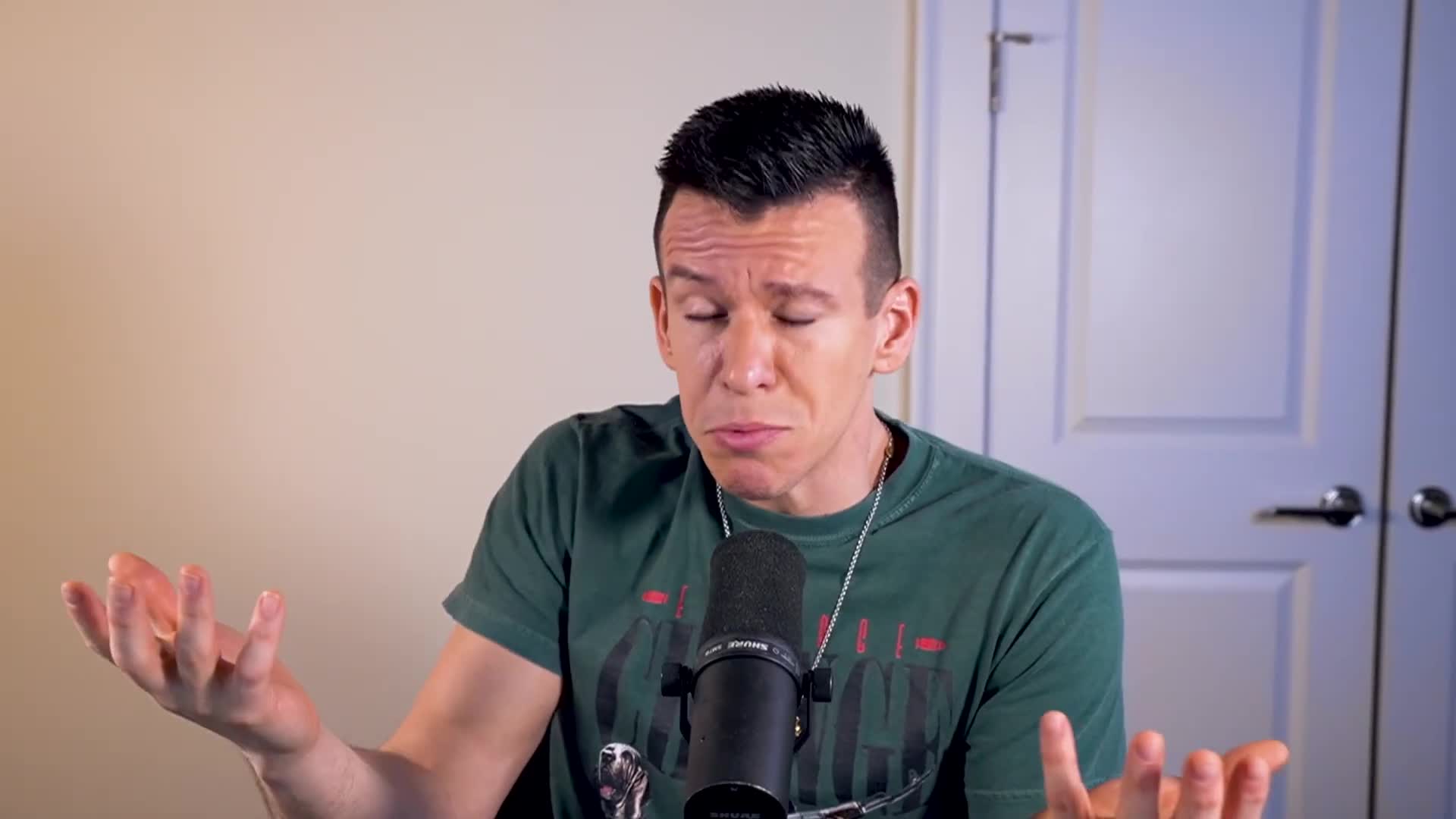Commerce
Commerce refers to the organized system of exchanging goods and services for profit, serving as a pivotal element in the functioning of economies worldwide. This expansive term encompasses not only the act of buying and selling but also includes essential supporting activities such as transportation, warehousing, banking, and digital marketing. As commerce has evolved, particularly with the rise of e-commerce platforms, the ways in which businesses engage with consumers have transformed dramatically. The current landscape reflects a shift towards technology-driven solutions, such as online payment systems that facilitate seamless transactions across borders, and digital marketing strategies aimed at enhancing customer outreach and retention. The relevance of commerce in today's society cannot be overstated; it drives economic growth, generates jobs, and shapes consumer behavior. Recent trends indicate a significant rise in global e-commerce sales, which surpass USD 3.6 trillion and are projected to only grow, with an increasing emphasis on sustainable practices. Key drivers of this evolving marketplace include the adoption of artificial intelligence in retail, the prominence of social commerce, and consumer preferences leaning towards local brands. As consumers seek personalized experiences and ethical sourcing, businesses must adapt their marketing strategies accordingly. Thus, staying updated on the latest developments in commerce — especially in areas such as B2B and B2C transactions — is crucial for any organization looking to thrive in this dynamic environment.
What potential impacts could US foreign aid cuts have on global relations?
The cuts to US foreign aid could significantly affect diplomatic relations, trade agreements, and everyday economic stability in countries that previously relied on US assistance. While much election discourse focuses on domestic prices like gas and eggs, the international consequences remain uncertain but potentially concerning. Beyond the already discussed impacts on neighbors like Mexico and Canada, and trade tensions with China, particular concern exists for the many nations previously supported through USAID programs. These cuts may reshape America's global influence and relationships with allied nations worldwide, creating diplomatic and economic uncertainty.
Watch clip answer (00:23m)How does the Trump administration justify its new tariffs on imports?
The Trump administration has justified its new tariffs by arguing they would level the playing field between US manufacturers and foreign competitors. The administration maintains that these measures are necessary to create fair trade conditions in response to what they view as unfair practices from trading partners, particularly the European Union. While acknowledging that these new taxes would likely result in higher prices for American consumers and businesses, the administration believes the tariffs will ultimately benefit the economy by correcting trade imbalances and protecting domestic manufacturers.
Watch clip answer (00:14m)What is President Trump's tariff strategy targeting major U.S. trading partners?
President Trump has announced a broad range of tariffs targeting major U.S. trading partners, arguing these measures would help tackle unfair trade practices. His strategy aims to eliminate trade imbalances and create a level playing field for American manufacturers against foreign competitors. The approach involves using tariff threats as leverage to influence policy and address perceived unfair practices. However, analysts note this aggressive stance may trigger a broader economic confrontation with both allies and rivals, potentially impacting American consumers and businesses while reshaping global trade dynamics.
Watch clip answer (00:21m)What did President Trump and Prime Minister Modi commit to during their White House meeting?
During their White House meeting, President Donald Trump and Indian Prime Minister Narendra Modi committed to negotiating a new trade agreement specifically aimed at addressing long-running disparities in bilateral trade between the United States and India. The leaders vowed to push forward with this initiative as part of their broader strategic partnership. According to the transcript, both leaders agreed to start talks that would tackle these persistent trade imbalances, signaling an important step in strengthening US-India economic relations. Their meeting also covered military sales including F-35 fighter jets to India and established a goal of doubling bilateral trade to $500 billion by 2030.
Watch clip answer (00:15m)What is President Trump's recent order regarding tariffs and when might they be implemented?
President Trump has ordered his administration to investigate imposing reciprocal tariffs on all U.S. trading partners. According to Commerce Secretary nominee Howard Lutnick, a comprehensive country-by-country study will be completed by April 1st, after which the President would implement the final tariff decisions. This move comes at a challenging time as inflation is once again heating up in the economy, which increases the stakes for Trump's trade strategy. The administration appears to be positioning these tariffs as a way to 'even the score' with other countries, though the timing raises questions about potential economic impacts amid rising inflation.
Watch clip answer (00:24m)What challenges does the Commerce Secretary face regarding the tariff study announced by the Trump administration?
Commerce Secretary Howard Lutnick faces the massive task of examining trading relationships with approximately 200 countries worldwide. This comprehensive study will require assessing existing tariffs and trade arrangements with each nation to evaluate reciprocity in these relationships. The administration plans to use this analysis as a foundation for future trade negotiations, as evidenced by meetings with world leaders like the Prime Minister of India. This process appears to be gaining momentum, with more international leaders expected to visit Washington to discuss trade matters directly with the President.
Watch clip answer (00:20m)


